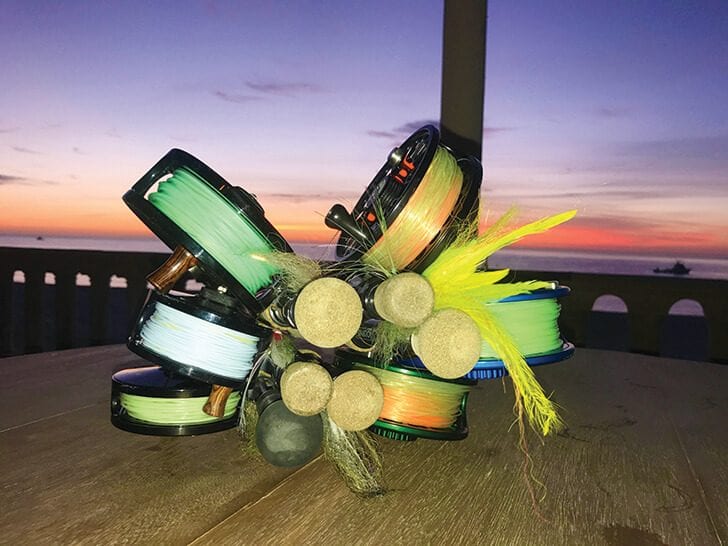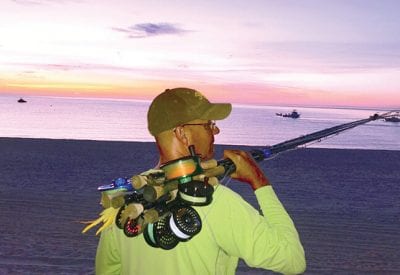Choosing the right fly reel can really make your head spin. From basic drags to sealed-disk braking systems, the prices and quality vary dramatically. My gut always tells me to get the best that I can. Buy it once and you won’t be replacing it in a couple of years.
While this typically holds true for fly reels, there are instances when it can be overkill. If you are looking for an inshore 8-weight and will be typically chasing snook in the backcountry, the need for a reel with a silky smooth drag and 300 yards of backing is pointless. You will likely be fighting most fish within 50 feet of you. And much of the time, you’ll be hand-lining them and have no need for a fancy drag system. In these situations, the reel is more of a line holder and can be much less expensive than their highly tuned cousins.
A good starting point is deciding if you need a sealed drag reel. They are nice, and most are very well made with super smooth drags, but that comes at a price. A great advantage of these reels is that they are virtually maintenance free. The sealed drag keeps water out, so rinse them down well after fishing and, you are pretty much done. The negative is they are typically higher-end reels and a bit pricey. For nearly two decades I have fished with non-sealed drags and have never had an issue, but I need to do a little more maintenance and cleaning on those reels. Also, if you primarily fish from a boat where dunking a reel is not likely, this could be a great way to save some dough.
Another important question is size, which often has to due with how much backing you think you will need. Since the tackle is lighter, it’s nice to have the line for long runs when fishing open areas, but again, if you typically fish tight spots there might not be a need for 300 yards of backing.
Conversely, if you are looking to chase large tarpon or go offshore, you need plenty of backing. Larger arbors are great, even with limited backing. They allow you to pick up line at a much faster pace, making life easier on both the fish and fisher. Finally, opt for ported reels, as they are lighter and allow your backing to dry much faster. This is important for the longevity of the line.
Smooth drags and plenty of backing are always nice. But be honest with yourself, this is an instance in which you can save a considerable amount of weight and money depending on the type of fishing you will be doing.
Will Robinson is a seasoned tournament angler and has been writing about fishing for more than two decades. His picks for the best reels can be found at galvanflyreels.com and nautilusreels.com.

